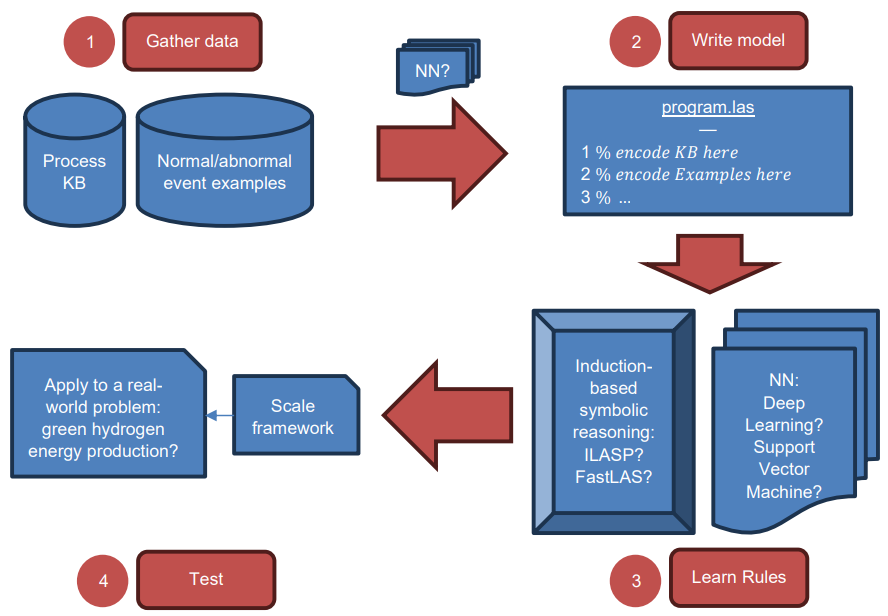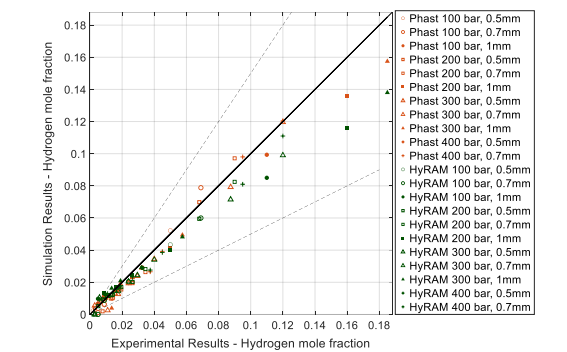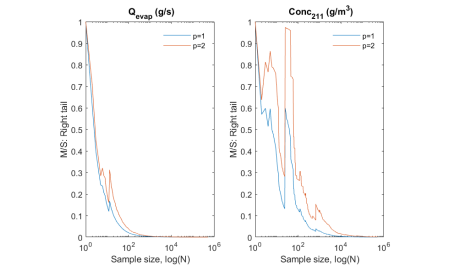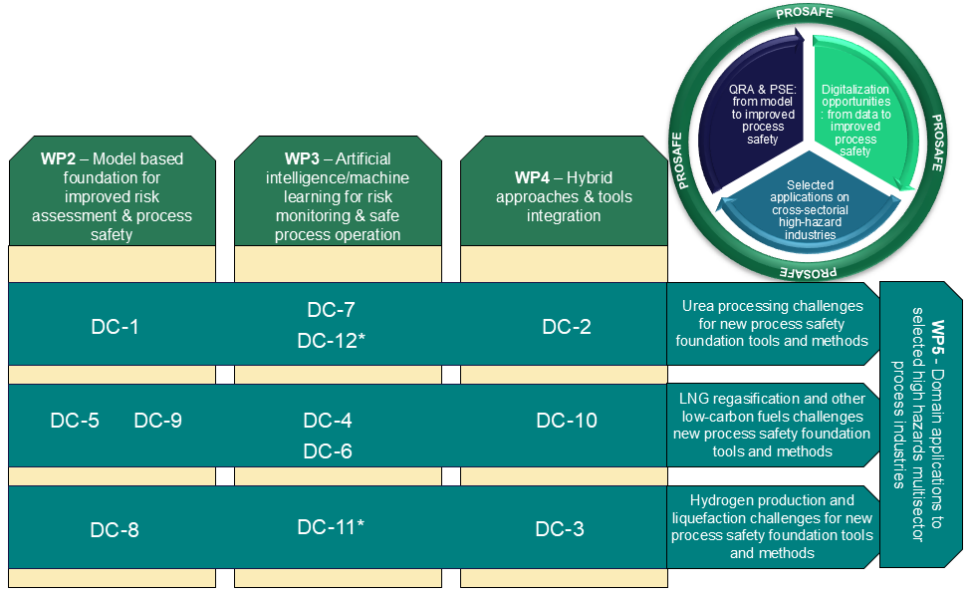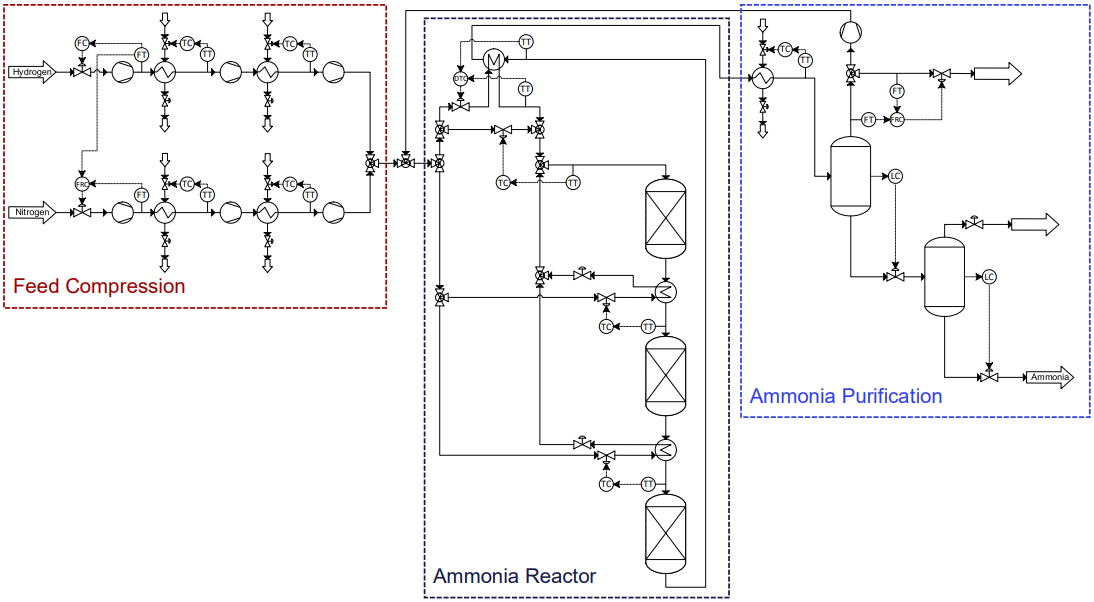Journal Paper
On Neuro-Symbolic AI for Abnormal Event Detection in Process Safety
Julien Amblard, Alessandra Russo, Gürkan Sin
Abstract
In recent years, Artificial Intelligence (AI) techniques have led to numerous applications, from self-driving cars, to chatbots and crop monitoring. However, due to the high-risk environments in which they work, many safety-critical fields have fallen back on adopting these new methods. To be considered for use in such hazardous settings, an AI system would need to be capable of reasoning while fully taking into account relevant knowledge of the domain it is applied to, as well as being able to provide a clear explanation for each conclusion it makes. With this in mind, Neuro-Symbolic Learning — a hybrid AI approach combining Neural Networks with logic-based reasoning — shows much potential for use in Process Safety. This paper aims to provide the reader with a survey of the state-of-the-art Neuro-Symbolic approaches, with an emphasis on abnormal events. Additional topics of interest will be AI safety and Explainable AI. The paper concludes by setting the scene for future research focused specifically on abnormal event detection in chemical processes, suggesting novel frameworks that could be developed and used in real-time applications. By the end of this paper, the reader should have a rough idea of what Neuro-Symbolic Learning entails, and how it can be used to model complex systems in the context of Process Safety.
